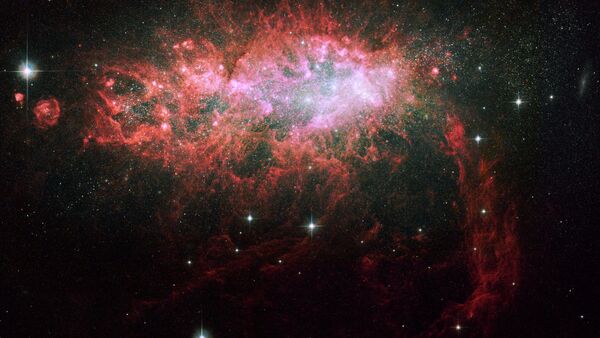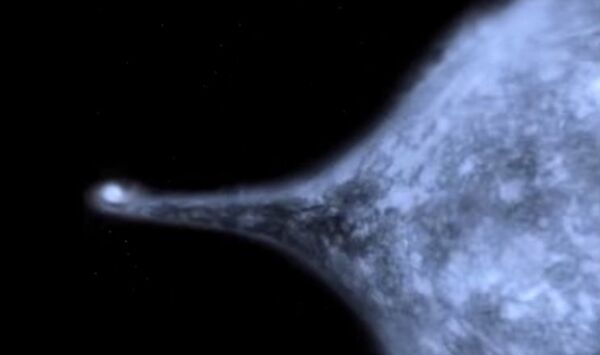The image, which astronomer Terry Hancock took over the course of two nights in March, is one of a collection taken of the night sky above Michigan by the stargazer, who took pictures via his backyard observatory in Fremont which he posted on his website, called “Downunder Observatory.”
The Auriga constellation, Latin for 'charioteer,' is often represented as a chariot in popular illustration, and was first documented by Ptolemy in the second century as one of 48 listed constellations. It is one of 88 constellations used in modern astronomy.
The pictures are to be published in the next issue of Astronomy Magazine, as part of a guide for readers to "Explore the Virgo Cluster" next month. According to the experts, May is an ideal time to observe galaxies at night, allowing a view unimpeded by dust and gas since the densest part of the Milky Way, in Scorpius and Sagittarius, has not yet risen high in the sky.





